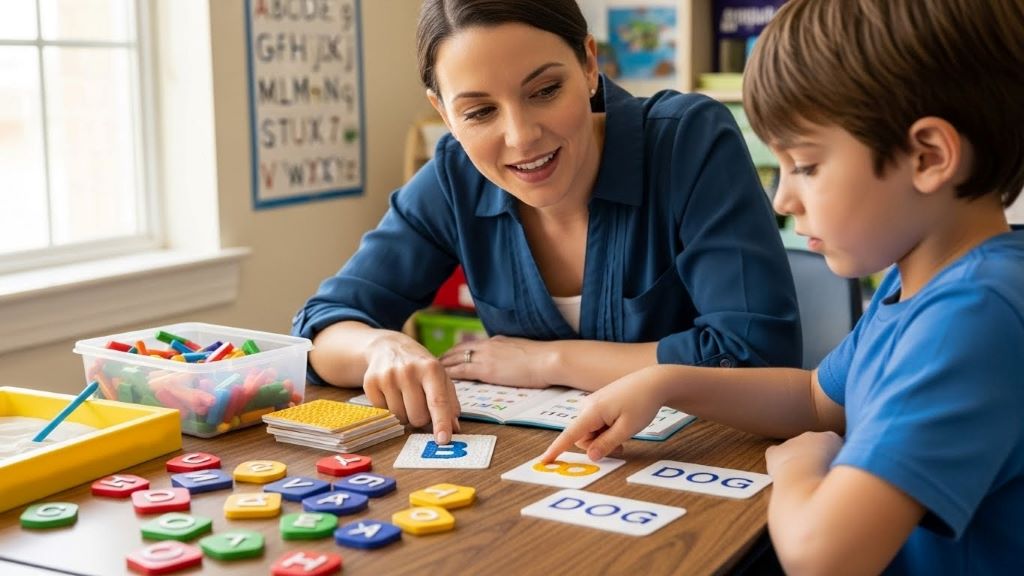As I suggested earlier in the school year to new students the listening exercise that has had fun and attention and given rise to a good discussion, a good way to break the ice.
Listening is a big deal, but at the last school year I found that there is still something in the students of the first year of high school (sometimes even in the larger ones), the ability to prepare its mind during the design mode, that is, “as you think to design.”
How does one acquire this competence?
Below is a very simple method that may be helpful, it is called “empty brain”, the most might seem like a great banality, but I assure you that designing for the students I work with, is something complicated.

Why is it complicated?
Because maybe sometimes prevails in teaching practice scoliosis or perhaps simply because they are not taught to think, this is not to say that this is the actual situation of the school is just what I’m picking.
What is this “method empties the brain”?
The “method empties the brain” is what allows you to empty everything will “blend for the head” to be able to stop thinking about it, as long as there is some idea (but the ideas are born if you listen … see link above)
In addition, a method that you can use every day or when needed, but especially when you are in the design stage at school.
The “method empties the brain” can be done in a group or individually.
Process is very simple: Make sure that everything you have in mind is noted on paper, so you can stay organized!
Purpose
The method is useful when it is necessary to give birth to an idea, to structure your thoughts and activities that you need to perform.
The method can result in a list of tasks (to-do) or a timeline with all the tasks to be performed organized chronologically.
You may also like to read another article on StudyWatches: 12 tricks to help you memorize what you have learned
Instructions
The method takes place in two phases…
Step 1
Find a quiet time, sit down, if you can do to eliminate all sources of external noise (I do so, if you prefer to put a quiet piece of music), get a sheet of paper and a pen.
Write down everything you have in mind, as they appear the thoughts, do not be afraid, even if you use a non-conventional language, do it well, the important thing is that everything is off, thoughts and related activities. This phase could last a bit; it depends on how many things you have in your head.
When you work as a team with your fellow school this stage could be made during a discussion, for example, all sitting together around a big sheet of paper, in this way the paper will represent the collective thinking.
When all ideas are written on paper, you will no longer own the “responsibility” to remember, but this responsibility will fall on the paper, “you took a weight!”
Now you are allowed to delete from your mind all the ideas because they are so on paper.
Step 2
Organize data
One method would be to take the 10 most important things to do that you have written on the sheet and execute them immediately by focusing on the results obtained.
Another method might be to classify and prioritize various tasks.
When you pass to the implementation phase (perform the task) performs each stage based on the assigned priority.
When you run the track a nice task line performed on stage.
At this point you have just performed the task that you have written on the sheet may have to do another “empty brain” for the next task.
Remember to always
Let the thoughts flow from your mind to the sheet and then the fouls thoughts go away.
Remember that you must not
Hesitate to put on paper what you “blend for the mind”
How to simplify the method
Mind Maps / timeline / etc …

